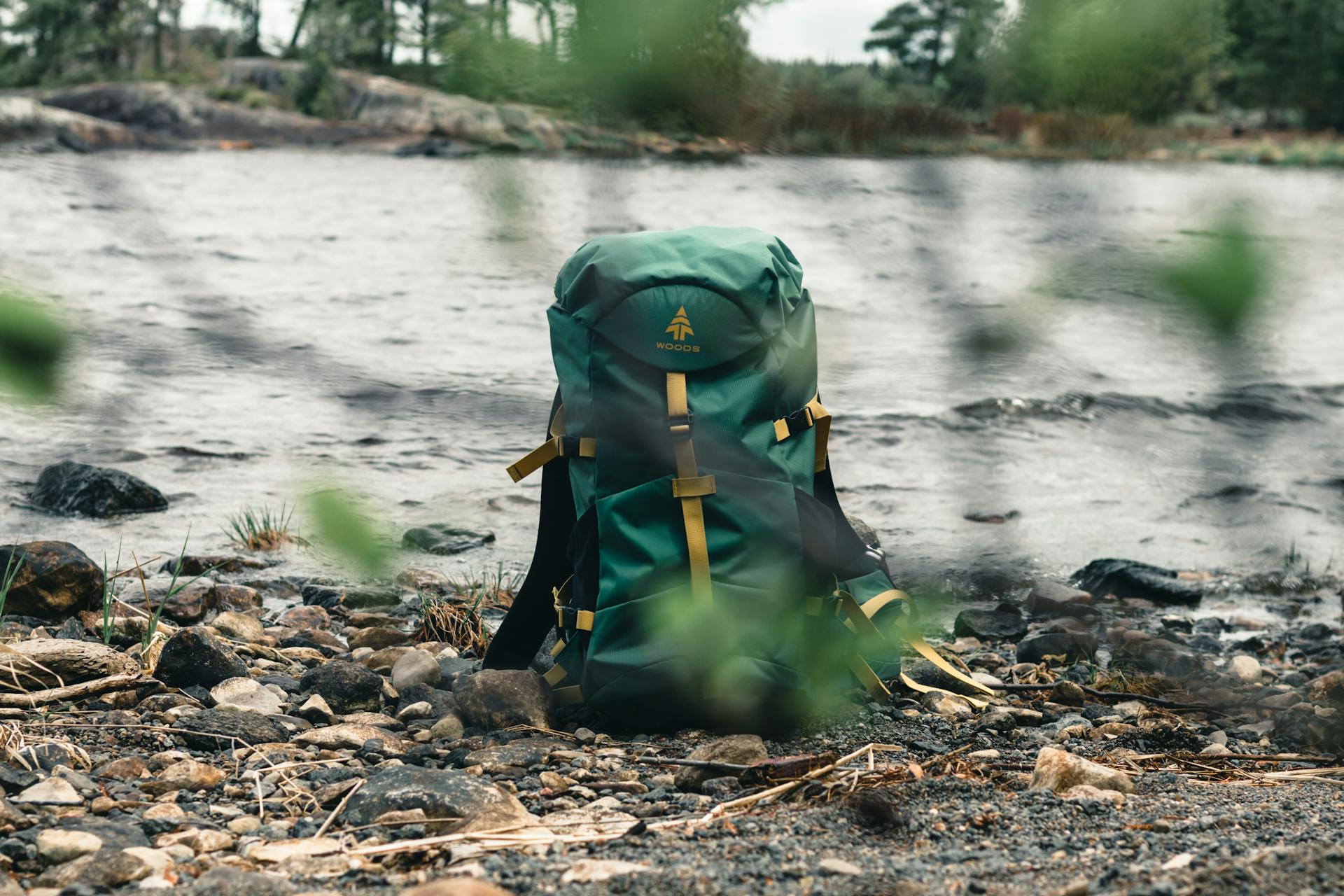In uncertain times, being prepared is not just a hobby but a responsibility. For the modern patriot, having a well-prepared bug-out bag can mean the difference between safety and chaos. Here’s a detailed guide on how to build a bug-out bag that ensures you’re ready for any emergency.
1. Choosing the Right Bag
The first step is selecting a sturdy, durable backpack. A good bug-out bag should be –
- Comfortable – Look for padded shoulder straps and a waist belt to distribute weight evenly.
- Spacious – Aim for a capacity of 40-70 liters to hold all your essentials.
- Durable – Choose a bag made from tough materials like nylon or polyester.
2. Essential Items for Your Bug-Out Bag
1. Water and Hydration –
- Water Filter – A portable water filter is crucial for purifying natural water sources.
- Water Bottles – Carry at least two liters of water in durable bottles or hydration bladders.
- Water Purification Tablets – These are lightweight and can purify water in emergencies.
2. Food and Nutrition –
- Non-Perishable Food – High-calorie snacks, energy bars, and dehydrated meals provide essential nutrients.
- Cooking Equipment – A portable stove, fuel, and lightweight cookware allow you to prepare meals.
- Utensils – Include a fork, spoon, and knife.
3. Shelter and Comfort –
- Tent or Tarp – A lightweight tent or tarp provides protection from the elements.
- Sleeping Bag – Choose a sleeping bag rated for the lowest temperatures you may encounter.
- Sleeping Pad – This insulates you from the cold ground and adds comfort.
4. Clothing –
- Layered Clothing – Base layers, insulating layers, and waterproof outer layers adapt to changing weather conditions.
- Extra Clothes – Include extra socks, underwear, and a hat.
- Sturdy Footwear – Waterproof hiking boots provide support and protection.
5. Fire-Starting Tools –
- Matches or Lighter – Waterproof matches or a reliable lighter are essential.
- Firestarter – A ferrocerium rod or magnesium firestarter can ignite a fire even in wet conditions.
- Tinder – Carry dry tinder like cotton balls soaked in petroleum jelly.
6. First Aid and Hygiene –
- First Aid Kit – A comprehensive kit with bandages, antiseptics, pain relievers, and personal medications.
- Hygiene Items – Include a toothbrush, toothpaste, soap, and hand sanitizer.
- Emergency Blanket – This helps retain body heat in emergencies.
7. Tools and Equipment –
- Multi-Tool – A versatile tool with pliers, knives, and screwdrivers.
- Knife – A sturdy knife for various tasks.
- Paracord – Strong, lightweight rope for shelter building and other uses.
- Duct Tape – Useful for repairs and improvising gear.
8. Navigation –
- Map and Compass – A topographic map and reliable compass for navigation.
- GPS Device – A handheld GPS can provide additional support.
9. Communication –
- Whistle – A loud whistle for signaling.
- Radio – A battery-powered or hand-crank radio to stay updated on news and weather.
- Extra Batteries – For flashlights, radios, and other electronic devices.
3. Packing and Organizing Your Bug-Out Bag
Organizing your bug-out bag efficiently ensures you can access items quickly when needed. Follow these tips –
- Weight Distribution – Pack heavier items towards the bottom and close to your back to maintain balance.
- Accessibility – Place frequently used items, like water and snacks, in easily accessible pockets.
- Compartmentalization – Use smaller bags or pouches to organize similar items.
4. Testing and Maintaining Your Bug-Out Bag
Regularly check and maintain your bug-out bag to ensure everything is in working order. Here’s how –
- Monthly Inspections – Check for expired food and medications. Replace as needed.
- Practice Drills – Familiarize yourself with using all the items in your bag.
- Weather Adjustments – Update your clothing and gear to match the current season.
5. Skills to Complement Your Gear
Possessing the right gear is only half the battle. Developing essential survival skills is equally important. Focus on these key areas –
1. Fire-Starting – Practice building fires in various conditions using different methods.
2. Shelter-Building – Learn to construct shelters with natural materials.
3. Water Purification – Master different water purification techniques.
4. Navigation – Hone your map reading and compass skills.
5. First Aid – Take a first aid course to be prepared for medical emergencies.
Building a bug-out bag is a vital step for any patriot committed to being prepared. By choosing the right bag, including essential items, organizing efficiently, and developing complementary skills, you’ll be ready to face any emergency with confidence. Remember, preparation is not just about survival; it’s about thriving in challenging situations. Equip yourself with the right tools and knowledge, and you’ll be well on your way to becoming a true self-reliant patriot.
Stay prepared, stay safe, and keep the spirit of readiness alive!


Leave a Reply